Table of Contents
- Accelerating the Major Transformation of Busan Port by 2028…Korea Marine Transport Corporation Secures Project Stability through PF Financial Agreement
- Busan New Port's Grain Terminal, Annual Loading Capacity Increased by 40%…Core Infrastructure for National Food Security
- Korea Marine Transport Corporation Provides First Support for Private Investment PF Project…Turning Point for Port Development Financial Model
- Jaseongdae Pier Recycled as Maintenance Space for External Shipping Companies…Increased Convenience for Vessel Operation
- Conclusion: Full-scale Transition of Busan Port into a Future-oriented Smart Port
- Frequently Asked Questions (FAQ)
Accelerating the Major Transformation of Busan Port by 2028…Korea Marine Transport Corporation Secures Project Stability through PF Financial Agreement
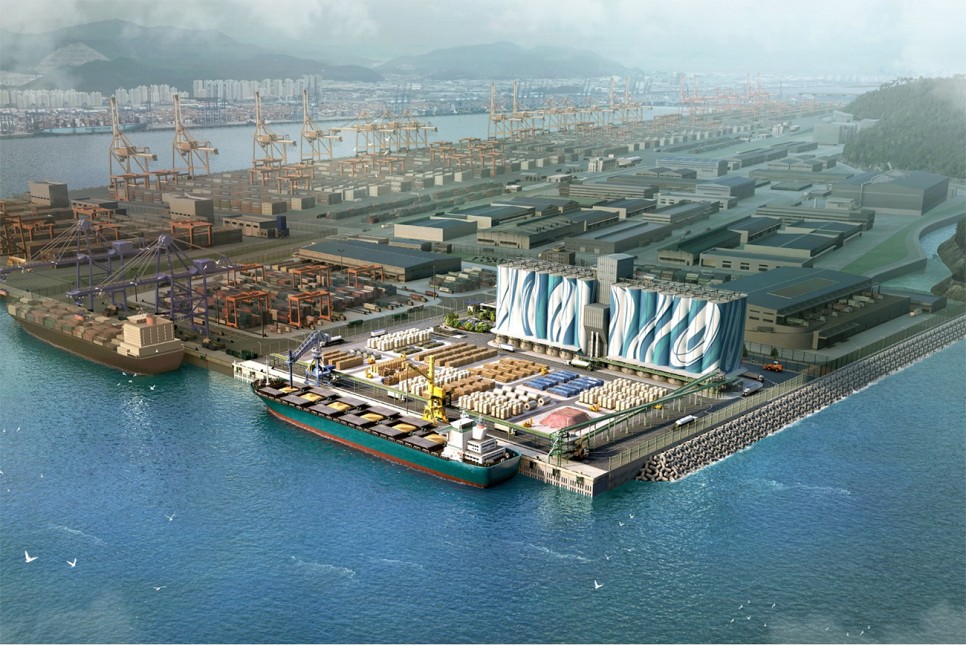
The Busan New Port's grain terminal is expected to officially start construction in July 2025. This will accelerate the Phase 2 redevelopment and functional reallocation plans of Busan Port's North Harbor.
This project is a total of 246.9 billion won in private investment, conducted through the BTO method. Notably, the financial agreement between the Korea Marine Transport Corporation and the credit guarantee fund has secured funding stability.
Additionally, the vacant berths at Jaseongdae Pier will be repurposed as maintenance facilities for external shipping companies, which is also being noted as a model for space recycling in Busan Port. These changes are expected to enhance the competitiveness of Busan Port and have a positive impact on the local economy.
Busan New Port's Grain Terminal, Annual Loading Capacity Increased by 40%…Core Infrastructure for National Food Security

The grain terminal at Busan New Port will be newly constructed. This terminal will include one 50,000-ton berth and 70 silos with a capacity of 185,000 tons, equipped with vacuum and mechanical loading facilities. The expected completion date is 2028, and once completed, the annual loading capacity is forecasted to increase from 1.35 million tons to 1.9 million tons.
This project is expected to play an important role in strengthening national food security and stabilizing the grain distribution network in the Yeongnam region, going beyond mere port expansion and holding significant national importance.
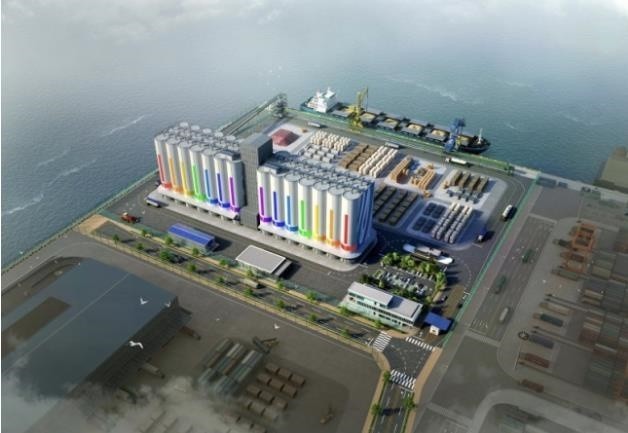
The new terminal at Busan New Port, which will replace the closure of the grain terminal due to the Phase 2 redevelopment of Busan North Harbor, is part of a structural change aimed at concentrating the logistics functions of Busan Port in the new port. This redevelopment is anticipated to contribute to enhancing the logistics efficiency of Busan Port.
Korea Marine Transport Corporation Provides First Support for Private Investment PF Project…Turning Point for Port Development Financial Model

The Korea Marine Transport Corporation has provided its first financial support for a private investment project through the Busan New Port's grain terminal project. This project features a PF structure comprised of a fund worth 135 billion won and a 65 billion won private loan, jointly established by the Korea Marine Transport Corporation and the Industrial Bank of Korea, with the mediation of Shinhan Bank. It is assessed as setting a new standard for port development policy financial models.
Furthermore, with the credit guarantee fund providing industrial base credit guarantees, the risk burden for private investors has been reduced, enhancing the stability and sustainability of the PF structure. This type of financial support will serve as the foundation for developing and promoting various private investment projects in domestic ports in the future.
Jaseongdae Pier Recycled as Maintenance Space for External Shipping Companies…Increased Convenience for Vessel Operation
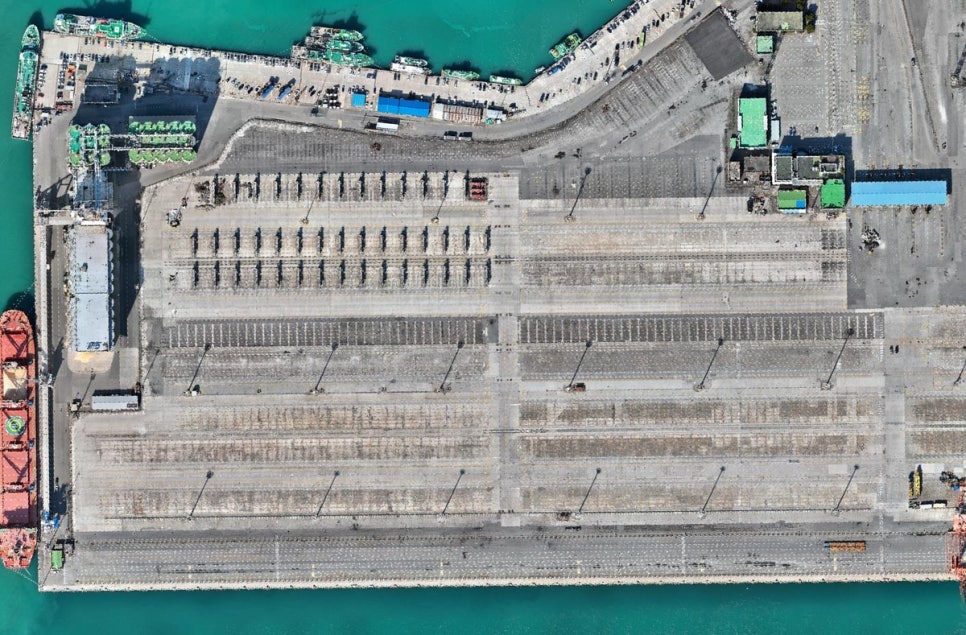
The Busan Port Authority (BPA) has decided to utilize two vacant berths at Jaseongdae Pier as maintenance facilities for external shipping companies, which have currently ceased operation. This facility is planned to operate for a limited period until June 2026, serving as a reliable anchoring space for simple maintenance, emergency transportation, and vessel inspections, rather than just idle port space. These changes are expected to contribute to enhancing the efficiency of the port.
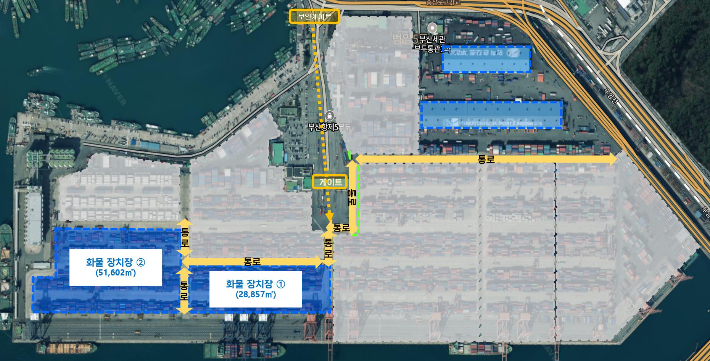
Previously, there was a need to meet demand in unstable anchorage conditions, but this measure represents a significant change that simultaneously improves vessel safety and port convenience. The Busan Port Authority has met various safety measures and legal requirements, such as the reinstallation of security facilities and discussions with customs and the Ministry of Justice, as well as restrictions on maintenance times.
Additionally, an investment of 1.3 billion won is anticipated to yield about 480 million won in profits, which is expected to positively impact both the space efficiency of Busan Port and the revitalization of port-related industries. Going forward, these measures are expected to contribute to creating a more stable and efficient environment in port operations.
Conclusion: Full-scale Transition of Busan Port into a Future-oriented Smart Port
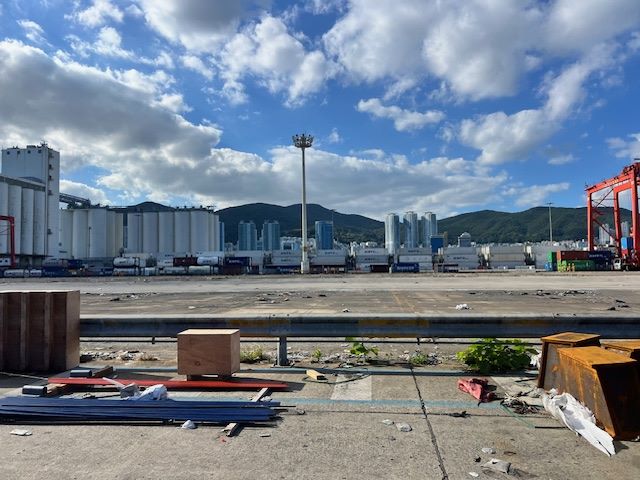
The commencement of the Busan New Port's grain terminal and the plans for utilizing Jaseongdae Pier hold significant implications beyond mere port operations. This will enhance the functions of Busan Port and contribute to maximizing efficiency through the linkages between policy financing and private business models.
Busan Port has established itself as a logistics hub and an essential element of national security, and strategies aimed at enhancing competitiveness through collaboration between the private sector and policy are now being actively pursued. These changes are expected to brighten the future of Busan Port.
#BusanNewPort, #GrainTerminalConstruction, #ExpectedCompletion2028, #BusanPortRedevelopment, #BusanNorthHarborPhase2, #JaseongdaePier, #ExternalShippingCompanyMaintenanceFacilities, #BusanPortSpaceUtilization, #KoreaMarineTransportCorporation, #PrivateInvestmentProject, #PFFinancialAgreement, #CreditGuaranteeFund, #BTOMethod, #PortInfrastructureDevelopment, #NationalFoodSecurity, #GrainSupplyChain, #PortLoadingCapacity, #BusanLogisticsHub, #IndustrialBaseGuarantee, #ShinhanBankPF, #MarineLogistics, #PortMaintenanceFacilities, #BusanPortRestructuring, #BusanMarinePolicy, #BusanPortFunctionTransfer, #BusanPortCompetitiveness, #PortModernization, #BusanLogisticsBase, #BusanPortAuthority, #YeongnamRegionFoodSupply, #PortPolicyFinance
Frequently Asked Questions (FAQ)
Q. What are the main contents and expected effects of the Busan New Port's grain terminal construction?
Construction of the Busan New Port's grain terminal will start in 2025, with an expected completion in 2028, and an annual loading capacity is expected to increase by 40%.
The Busan New Port's grain terminal will include one 50,000-ton berth, 70 silos with a capacity of 185,000 tons, and vacuum and mechanical loading facilities, aiming to complete by 2028. This is expected to achieve around a 40% improvement in loading capacity from the current 1.35 million tons to 1.9 million tons annually. This terminal plays an essential role in reinforcing national food security and stabilizing the grain distribution network in the Yeongnam region, being a critical national project that significantly contributes to enhancing the competitiveness of Busan Port.
Q. What is the relationship between the Phase 2 redevelopment of Busan North Harbor and the role of the Busan New Port grain terminal?
The closure of the grain terminal due to the Phase 2 redevelopment of North Harbor will be replaced by the new Busan New Port terminal to promote logistics function concentration.
The closure of the existing grain terminal due to the Phase 2 redevelopment of Busan North Harbor will lead to the establishment of the new Busan New Port's grain terminal, marking a structural change aimed at concentrating logistics functions in the new port. This redevelopment is expected to enhance the logistics efficiency of Busan Port and accelerate the reallocation of port functions, contributing to enhancing port competitiveness. The new terminal at Busan New Port will serve as an essential alternative infrastructure for the North Harbor redevelopment, contributing to the future transformation of Busan Port into a smart port.
Q. What is the support method and significance of the Korea Marine Transport Corporation for the Busan New Port grain terminal project?
The Korea Marine Transport Corporation secured project stability by signing a private investment PF financial agreement, establishing a turning point for port development financial models.
For this Busan New Port grain terminal project, the Korea Marine Transport Corporation provided the first financial support through a PF (Project Financing) structure that includes a 135 billion won fund and a 65 billion won private loan, established with the mediation of Shinhan Bank. The industrial base credit guarantee from the credit guarantee fund has reduced investor risk and increased project stability. This financial model presents a new standard for combining policy financial support and private investment in port development, expected to play a crucial role in activating private investment projects in domestic ports moving forward.
Q. What are the plans for recycling Jaseongdae Pier and its impacts on Busan Port operations?
Two berths at the inactive Jaseongdae Pier will be utilized as maintenance facilities for external shipping companies to enhance vessel operation convenience.
The Busan Port Authority plans to recycle the two inactive berths at Jaseongdae Pier into safe anchorage spaces for simple maintenance, emergency transportation, and inspections of external shipping companies by June 2026. This is expected to significantly improve vessel safety and port convenience, replacing the previous need to meet demand in unstable anchorage conditions. Various safety measures and legal requirements will be thoroughly implemented, including the reinstallation of security facilities and discussions with customs and the Ministry of Justice, as well as operational time restrictions. An investment of about 1.3 billion won is expected to yield a profit of around 480 million won, indicating economic benefits and improved space efficiency.
Q. What are the prospects and national significance of the redevelopment of Busan Port and private investment projects?
The redevelopment of Busan Port contributes to the transition to a smart port and strengthens national food security, serving as a successful case of public-private collaboration.
The commencement of the Busan New Port grain terminal and the recycling of Jaseongdae Pier aim to enhance the functions of Busan Port and strengthen its status as a logistics hub. By maximizing efficiency through the linkage between policy financial support and private investment, it underpins the future competitiveness of Busan Port, a crucial infrastructure for national security. Various projects based on public-private cooperation models and expansion of financial infrastructure are expected to continue moving forward. The transition of Busan Port into a smart port will further strengthen its role as a strategic logistics hub for the national economy.